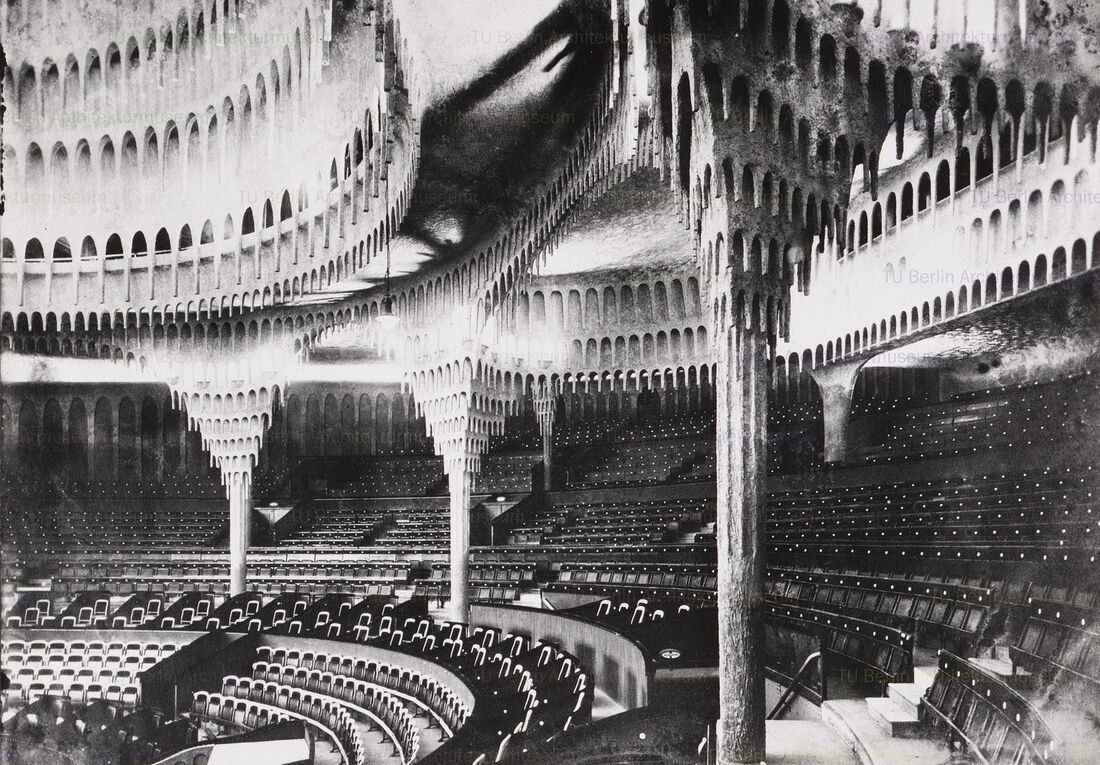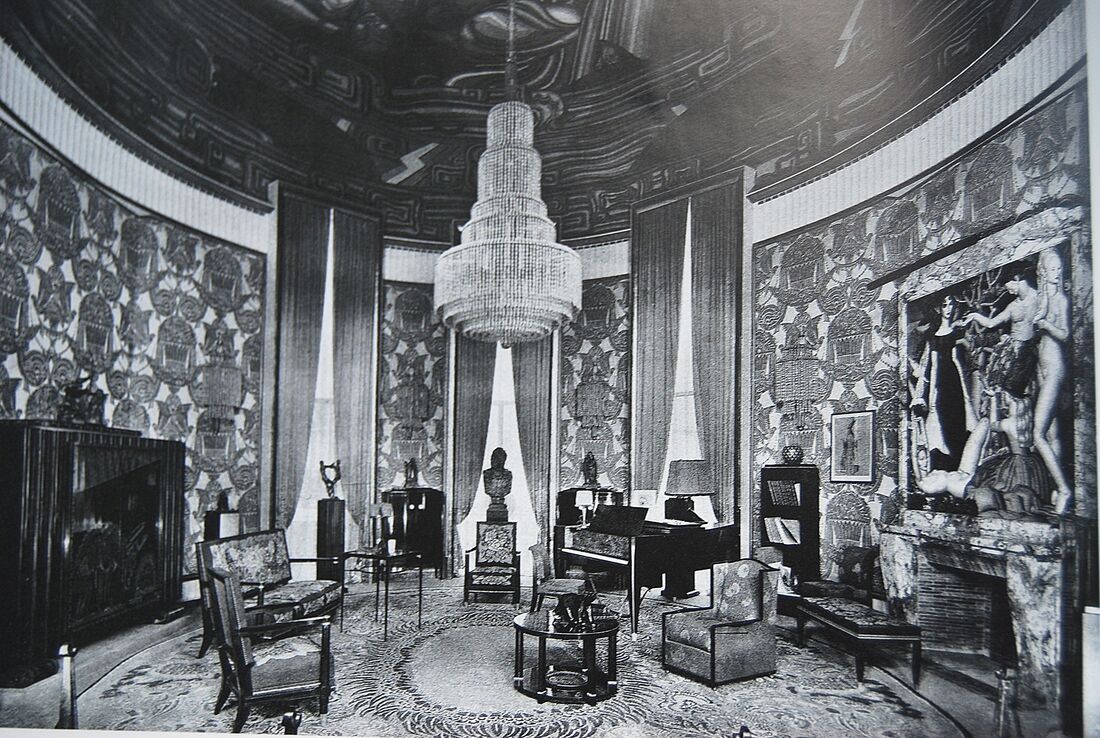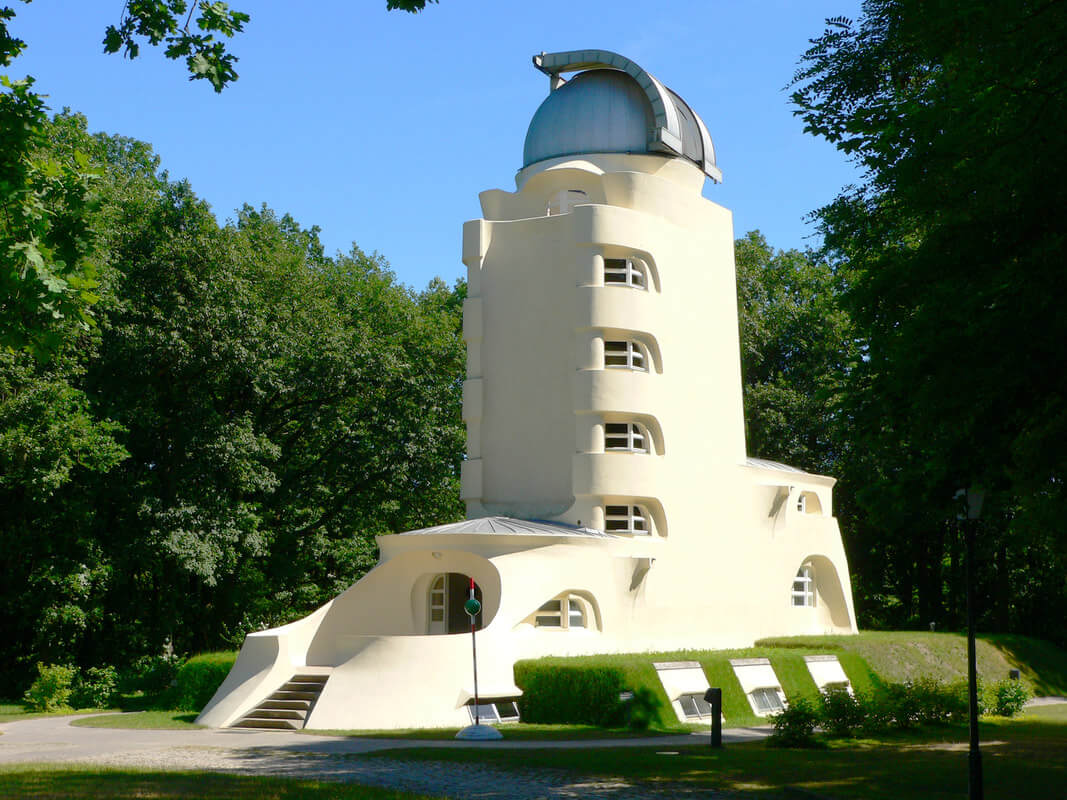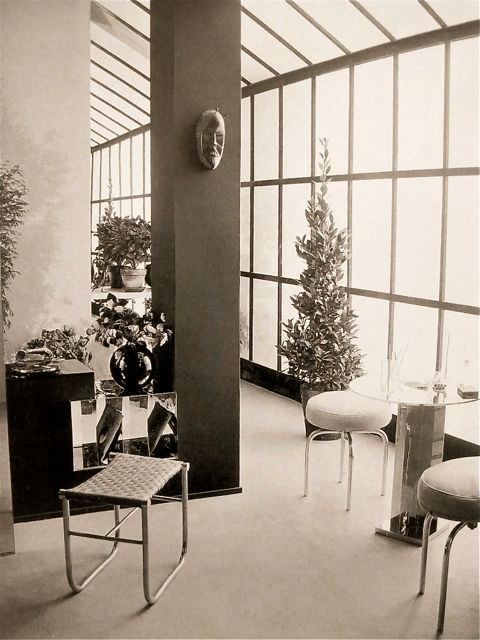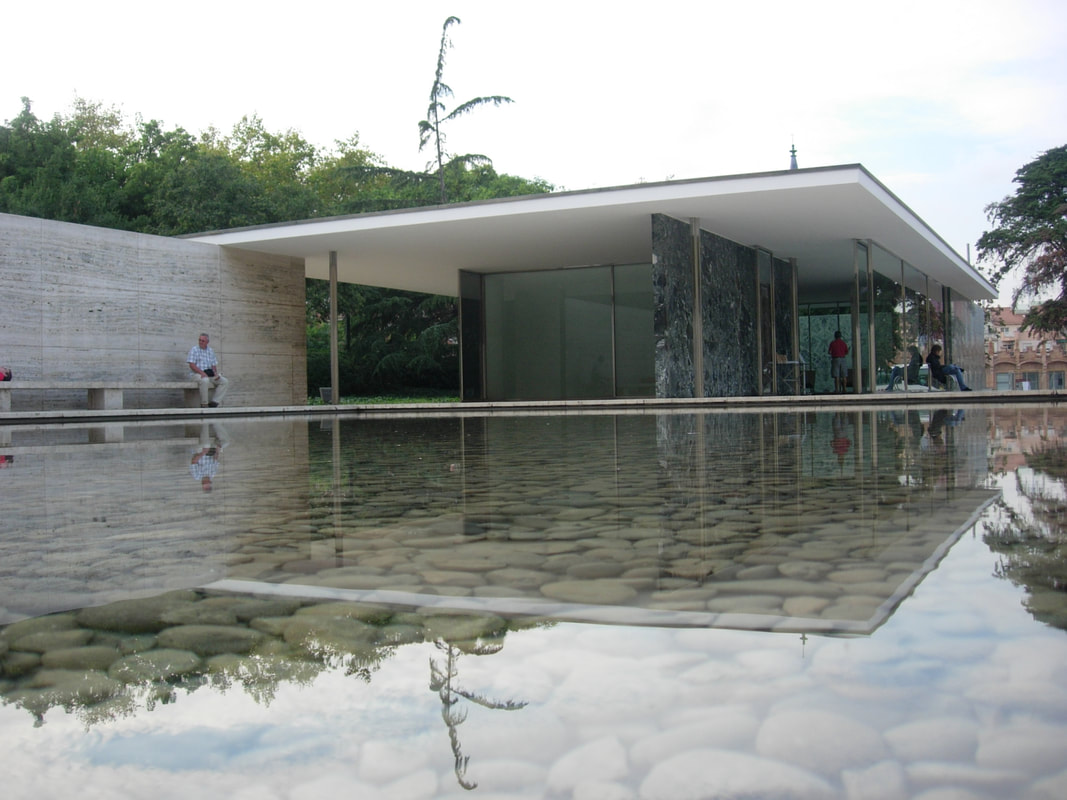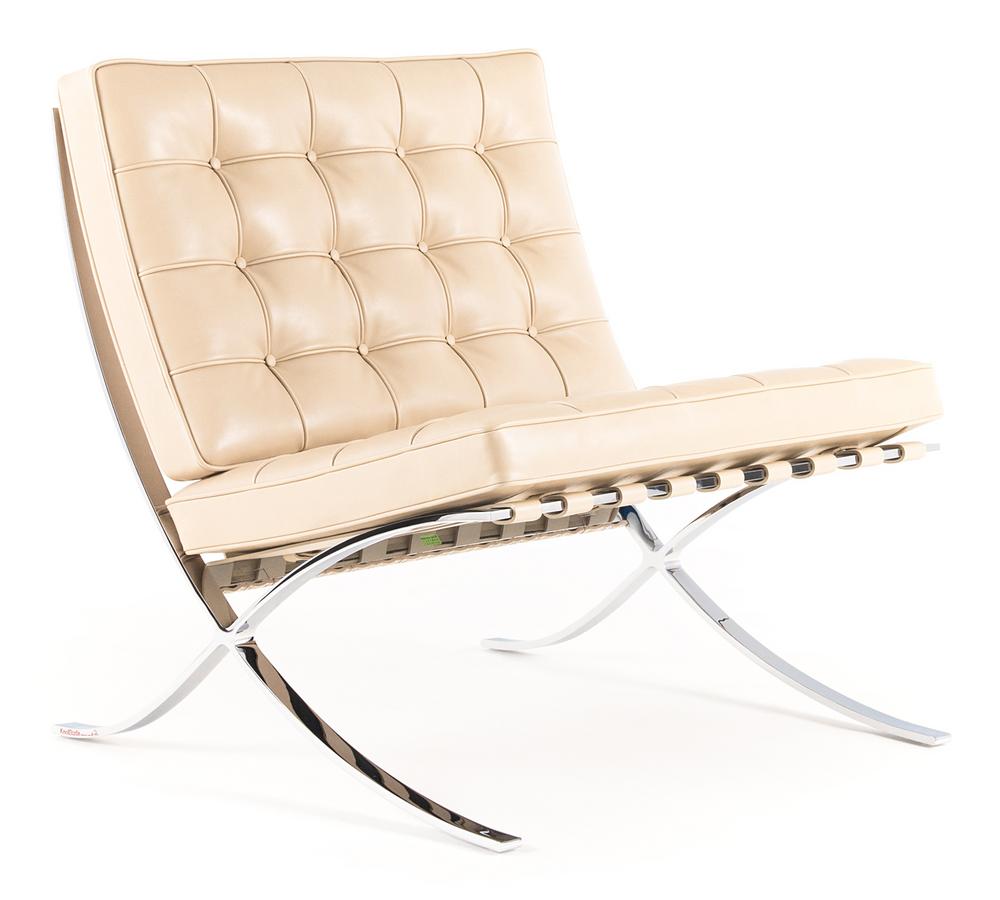In beginning a new decade today, let’s look back at the spectacular, super innovative, and influential other 20s, the 1920s. It was a decade rich in revolutions and utopias in the world of design and architecture.
The most ambitious event of the decade dedicated to design and the decorative arts was certainly the International Exhibition of Modern Decorative and Industrial Arts, a World’s fair, held in Paris in 1925 and initiated by the French government. It came to place France as the leading nation in matters of style and taste, restoring its lost power by showcasing a new direction, later coined ‘Art Deco.’ This fair, featuring 15,000 exhibitors was highly influential and played a crucial role in spreading the new style across the globe. Emile-Jacques Ruhmlann presented his blockbuster ‘pavilion for a collector,’ which featured a new luxurious style, where he demonstrated the power of mixing traditional French with the luxury.
Le Corbusier founded the journal L’Esprit Nouveau, developed his ‘Five Point of Architecture,’ published his seminal book ‘Towards a New Architecture,’ and issued his first series of furniture, created in his studio of Charlotte Perriand and Pierre Jeanneret. Together with Pierre Chareau and others, he put the foundation to CIAM, the Congres Internationaux d’Architecture Moderne.
Mies van der Rohe concluded the decade with his powerful and super influential German Pavilion at the 1919 International Exposition in Barcelona. It is here that he put the foundation to his minimalist luxury. For this floating glass pavilion, his collaborator Lily Reich created the iconic Barcelona Chair. The pavilion came to represent the new, democratic, and progressive Weimar.
With the conclusion of WWI on November 11, 1918 and following the German Revolution of 1919, Expressionist architecture was fully active in the early years of the decade. The poor economic conditions had resulted in some of the most exciting projects of the century, most of which never realized, but were based on a romantic nostalgia for better world. Erich Mendelsohn created his Einstein Tower (1922) in Potsdam, and Hans Poelzig’s Great Theater in Berlin for impresario Max Reinhardt, demolished since, is still considered a magical expression of that time.
The most ambitious event of the decade dedicated to design and the decorative arts was certainly the International Exhibition of Modern Decorative and Industrial Arts, a World’s fair, held in Paris in 1925 and initiated by the French government. It came to place France as the leading nation in matters of style and taste, restoring its lost power by showcasing a new direction, later coined ‘Art Deco.’ This fair, featuring 15,000 exhibitors was highly influential and played a crucial role in spreading the new style across the globe. Emile-Jacques Ruhmlann presented his blockbuster ‘pavilion for a collector,’ which featured a new luxurious style, where he demonstrated the power of mixing traditional French with the luxury.
Le Corbusier founded the journal L’Esprit Nouveau, developed his ‘Five Point of Architecture,’ published his seminal book ‘Towards a New Architecture,’ and issued his first series of furniture, created in his studio of Charlotte Perriand and Pierre Jeanneret. Together with Pierre Chareau and others, he put the foundation to CIAM, the Congres Internationaux d’Architecture Moderne.
Mies van der Rohe concluded the decade with his powerful and super influential German Pavilion at the 1919 International Exposition in Barcelona. It is here that he put the foundation to his minimalist luxury. For this floating glass pavilion, his collaborator Lily Reich created the iconic Barcelona Chair. The pavilion came to represent the new, democratic, and progressive Weimar.
Let’s hope that the 2020’s will be as magical as the 1920s.

